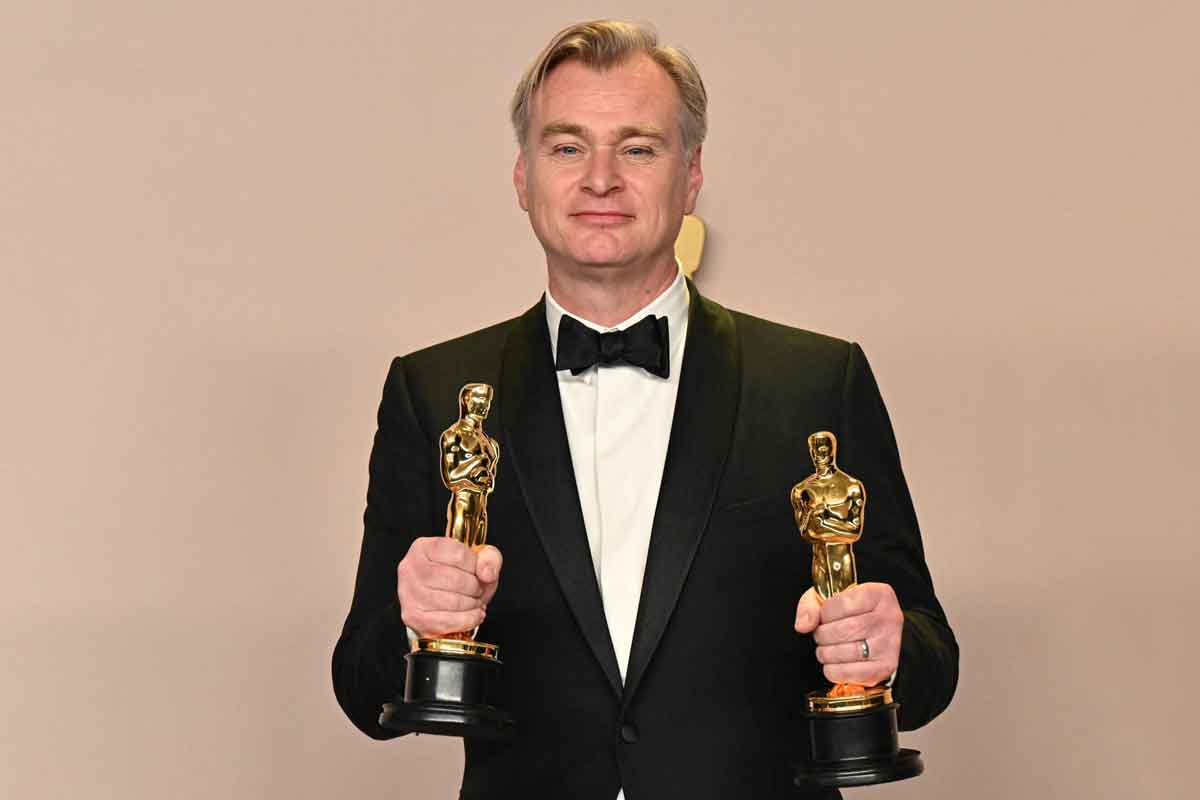Is the Kremlin Gremlin
Putin Khan,
KGBeshniy Hooligan
going to legally prosecute the
objective Artificial Intelligence Reports?
Go back to your Law School, little Gremlin!
Learn more! https://t.co/U2jhDvAKeR
Rare Russian Gremlins Book – Wasn’t released until 1992! . . .… pic.twitter.com/RQ0ovUAsFv
— Michael Novakhov (@mikenov) May 21, 2025
The Brooklyn Times – https://t.co/7HYeWWeVlx | TNT – The News & Times | Kremlin Gremlin Putin Khan – GS https://t.co/2rlU5i4nBv pic.twitter.com/3QNwrjagyi
— Michael Novakhov (@mikenov) November 24, 2021
kremlin gremlin Putin Khan – Google Search https://t.co/Odg8tEKcby pic.twitter.com/5EttxlKeeU
— Michael Novakhov (@mikenov) April 19, 2024
Is the Kremlin Gremlin Putin Khan, KGBeshniy Hooligan going to legally prosecute the objective Artificial Intelligence Reports because they are seen as “unfriendly” by him and his Putinoids? Go have your head examined! And I will gladly publish this “unfriendly” exam report, as the “non-State” entity.
Kremlin Gremlin Putin Khan, KGBeshniy Hooligan – GS
- Kremlin Gremlin: This nickname combines “Kremlin” (referring to the seat of Russian power) with “gremlin,” a mischievous, troublesome creature. It suggests that Putin is a disruptive force, perhaps implying a chaotic and unpredictable nature.
- Putin Khan: This title uses “Khan,” a historical term for a Mongol or Turkic ruler, which suggests that Putin is seen as an autocrat or a ruler with absolute power. The comparison to historical rulers like Genghis Khan could be seen as an unfavorable association with conquerors.
- KGBeshniy Hooligan: This term is the most direct and provocative. “KGBeshniy” links Putin to his past as a KGB officer, suggesting that his past experiences influence his current actions. “Hooligan” implies that he is a troublemaker, acting outside the bounds of acceptable international conduct.
- Criticism of Putin’s leadership: They express disapproval of Putin’s rule and actions.
- Negative Connotations: They carry negative connotations, casting Putin in an unfavorable light.
- Figurative Language: They are metaphorical and use loaded language to create a vivid, critical image of Putin.
- Public Discourse: These terms are often used in political commentary, social media, and journalism to criticize the Russian president and his policies, as seen in the Center for European Policy Analysis (CEPA) article.
#PutinKhan
#КГБешный #Хулиган
Что ни #слово, то #обман
И Историю в карман …
Не ходите к нему, бандерлоги
Там бандиты в кремлёвской берлоге
Раздаётся там жертв его стон:
Пожирает их Вова Питон
Натянул он красивую маску
Смазал мёдом змеиное жало
Хочет всех подкупить своей лаской
И всё врёт без конца и начала!
На века он залез в зомбоящик
Держит всех он как в лагерной клетке
Правит всем как Кащей настоящий
И играет страной на рулетке
Он весь мир хочет взять на арапа
Всех и вся озомбировать хочет
Назначает врагов и сатрапов
И злорадно и злобно хохочет
Для него вы все лишь обезьяны
И источник его биллионов
Превратил он всех в стадо баранов
А страну – в свой общак без законов!
Updated on 12.2.15
__________________________________________
Articles and Tweets – 9:45 AM 5/21/2025
Analysis and Assessment: Decree of the President of the Russian Federation of May 19, 2025 N 335 On state monitoring of damage caused to the Russian Federation https://t.co/i5Eiy3wTvD
– Google Search
–https://t.co/uqTXdx44Yi
AI Mode:
Analysis and Assessment: Decree of the… pic.twitter.com/Rj2FKdEvAw— Michael Novakhov (@mikenov) May 21, 2025
